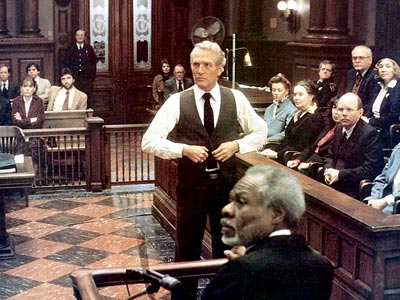“What has been will
be again, what has been done will be done again; there is nothing new under the
sun.”
Ecclesiastes 1:9
This is part of my Series on Venture Capital.
Despite the hyped meme people are putting out
there about the “venture model being broken”, I’m definitely of the school that
believes Venture Capital is merely going back to its roots. Smaller, smarter,
more agile, leaner, that’s all. Just look at the charts Kopelman’s been sharing
of late. If you ask me, this is all a very good thing.
Speaking of Kopelman, here’s a guy who, along with a few other smaller/high-volume funds is executing very effectively on this leaner VC model (on the east coast at least). I really do think his extremely effective special-forces model is part of the new wave we will be seeing a lot more of.
To give you a concrete example, this ostensibly “Philly-based” swat team
recently executed the equivalent of a pub crawl through all the NYC incubators
in a single day, all under the covering fire of a steady stream of tweets,
four-square yawps and various other forms of digital pitter-patter that announced their comings and goings. No doubt their approach is catching the attention of their brethren VC’s ensconced in more conventional settings and habits.
And let’s face it, who really needs an office in
this climate? This new breed of bad-ass-VC will meet you in cafes, at the Ace Hotel, in noisy
diners- they don’t care. Bring it on. Headquarters, what’s that? That’s silly to them. You go where the entrepreneurs are and you hang with them.
It’s actually been incredibly enjoyable to watch- and with the advent of widespread VC blogging, the Funded, the ubiquity of cloud computing, open source software, younger and younger entrepreneurs and hence much less funding needed to launch a web business- we are witnessing the opening-up of, accessibility of and democratization of the entire industry. And by the way, First Round is just one of an entirely new breed popping up all over the place which includes the Founder Collective, True Ventures, Andreessen/Horowitz and others.
Here’s my tongue-and-cheek take on what’s been happening
and what’s going to happen (on the east coast at least).
What’s been happening:
- Last summer, LP-types reading plays like “Waiting for Godot” on Herreshoff sailboats off the coast of Maine started calling the office sounding concerned and asking what’s going on.
- This started a small panic and suddenly, guys comfortably ensconced on “VC Hill” in Waltham started driving to Cambridge a lot to get back in the action.
- Extremely formal guys in French cuffs known for unwinding with $100 bottles of Sancerre after work suddenly started blogging enthusiastically about the arm-wrestling and bowling events for entrepreneurs they are hosting in various “cool-sounding” locations.
- In NYC, uptown VC’s
started trying on jeans they haven’t worn in years only to realize they don’t
fit too well.
What’s going to happen:
- In five years, there will be half as many funds operating as there are today.
- The last ones standing will be the very established funds on one extreme and this new breed of small, agile, entrepreneur-run operation on the other.
- Smaller, leaner, genuinely entrepreneur-friendly funds will thrive in this brave new world.
- Most of them will be “hanging-out downtown”.
PS: (Oh, and by the way, I’m talking about tech VC, not biotech VC. Commissioning the optimization of molecules and the like from reserved and stately offices supported by enormous amounts of capital is not going anywhere for a while IMHO.)

































